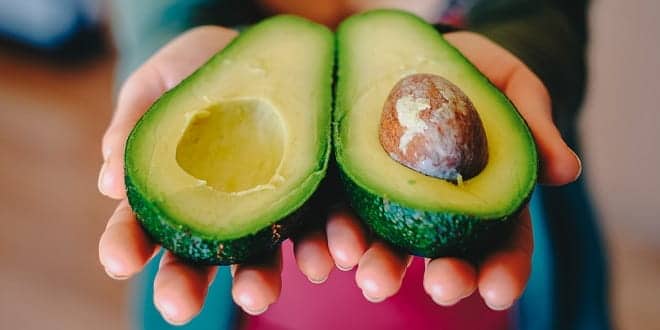Avokado – Post-harvest Operations ( FAO )
Contents
Preface
1 Introduction
1.1. Economic and Social Impact
1.2 World Trade
1.3 Primary Product (fresh)
1.4 Secondary product (processed)
1.5 Elements on quality assurance and export marketing
1.6 Consumer preferences
2 Post- Production Operations
2.1 Harvesting
2.2 Packinghouse operations
2.3. Packing and packaging materials
2.4. Cooling system
2.5. Storage of avocado
2.6. Transportation systems
2.7. Processing
3. Pest control and decay
3.1 Pest species
3.2 Relative status of major pest species
3.3 Pest control
3.4 Others
4. Economic and social considerations
4.1 Overview of costs and losses
4.2 Major problems
4.3 Proposed improvements
5. References
6. Annex
Preface
The importance of post-harvest operations in developing countries relies in the quality control of the fresh fruit that they achieve. Post-harvest operations begin with a selection of the fruit, then a cleaning, packing, proper storing and transporting. All these operations benefit producers because they enable the fruit to reach the market at higher prices, and also create jobs in the packinghouses and orchards for both educated and non-educated labor. The domestic and international consumer benefits with a high-quality fresh fruit, free of diseases and other defects.
Avocado is a fruit with an exquisite taste and aroma, which has been traditionally consumed even before the arrival of Spaniards to the Americas. It is called “aguacate” or “palta” in LatinAmerican countries. Nowadays, as a result of different investigations, it is recognized that besides being a source of energy and vitamins, it also delivers specific non-nutritive physiological benefits that may enhance health. From this point of view, avocado can be considered as a “functional food”, according to the definition of Mazza (1998). Some nutraceutical ingredients that have been found in avocado pulp are antioxidants, such as vitamin E or tocopherols (4.31 UI/100 g) and glutathion (17.7 mg/100g). They both work as antioxidants, neutralizing free radicals that may damage aging cells, the heart, and contribute to the development of some types of cancer, such as mouth and pharynx (O’Toole, 2000, Heber, 2001). It has also been reported that avocado is a source of lutein (248 mg/100g, considered a high content), a carotenoid that helps to protect the eye from diseases such as cataracts. The amount of b-sitosterol in this fruit is similar to the one found in soy and olives. Animal studies have demonstrated that this compound is related to the inhibition of cancerous tumors (Heber, 2001). An other nutraceutical component in avocado is a mix of high quality lipids: w3, w6, and w9 fatty acids. When Carranza et al (1997) made clinical studies in patients with high cholesterol levels, they found that an avocado enriched diet produced a significant reduction in low density lipoproteins (“bad cholesterol”) and total cholesterol, while diets enriched with soy and sunflower did not change the total cholesterol concentrations. Lerman et al in 1994 concluded that in non-insulin dependent diabetic patients it was beneficial to replace carbohydrates for lipids, such as the ones found in avocado. This will favor the reduction of triglycerides in the blood plasma. For all of the above, it can be concluded that the inclusion of avocado in the everyday diet can bring health benefits to the health of human beings, bearing in mind that no food is 100% complete, and a single food will not provide all required nutrients and nutraceuticals (except for breast milk). The diet shall include several food items from all the different groups in
order to deliver a good nutrition.
…



